Summary
The Mystique of Carnac Stones
Set in the picturesque region of Brittany in France, the Carnac Stones are a marvel of the ancient world. This collection of over 3,000 prehistoric standing stones dates back to the Neolithic era. Local legends weave tales of magic, attributing the stones’ arrangement to pagan soldiers turned to stone by Pope Cornelius. Tourists and historians alike are drawn to the site, seeking to unravel the mystery of their purpose. Some suggest they served as astronomical calendars or religious sites. With stones aligned east to west, their silent form continues to fuel curiosity and wonder.
Get your dose of History via Email
Understanding the Layout of the Alignments
The Carnac site is a complex network of rows, dolmens, tumuli, and single menhirs. The rows or ‘alignments’ are the most prominent feature, with the Menec, Kermario, and Kerlescan alignments being the largest. These ordered lines stretch over a kilometer and provide a compelling sight that has survived thousands of years. Each stone, varying in size from small curbstones to towering monoliths, is placed at precise intervals, suggesting an intentional pattern by Neolithic people. Researchers have explored many theories, including their role in territory demarcation or gathering places for ancient communities.
Cultural and Historical Impact
Carnac Stones have captured the imagination of many, influencing cultural and historical discussions. Recognized as a national monument, the stones are a testament to human ingenuity and a connection to our prehistoric past. They challenge our understanding of ancient cultures, inspiring both academic research and passionate debates. As guardians of history, they drive interest in heritage preservation and archaeological integrity. The Carnac Stones not only offer clues to our prehistoric ancestors but also remind us of the enduring legacy of human civilization.
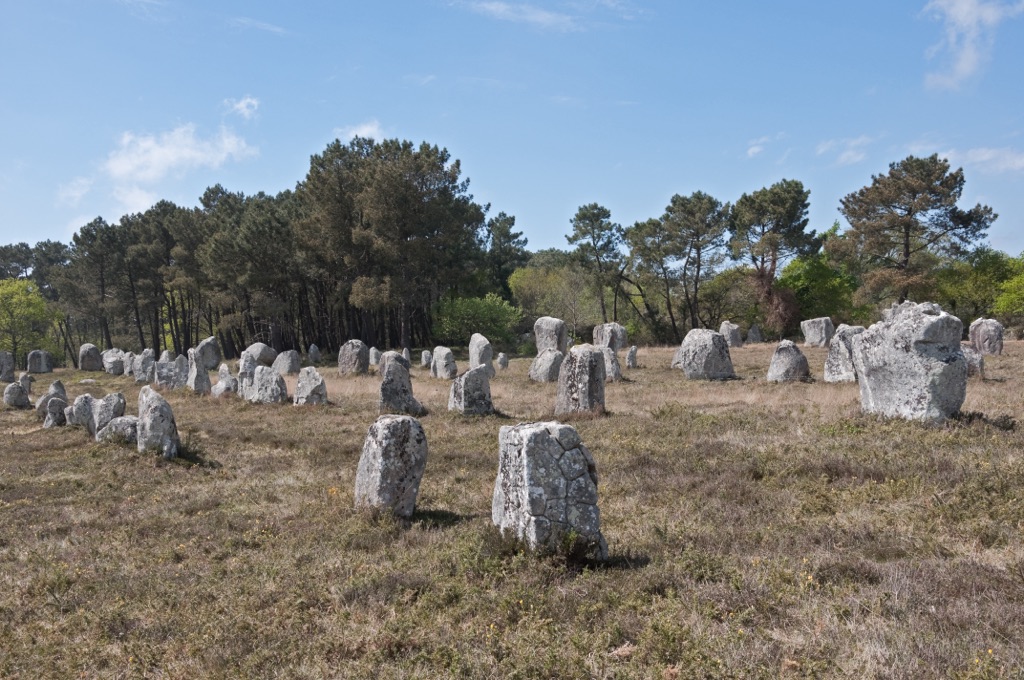
Historical Background of Carnac Stones
Neolithic Ingenuity
The Carnac Stones in Brittany, France, are an impressive legacy from Neolithic times, construed to be from around 4500 to 3300 BCE. These megalithic structures predate Stonehenge and have long perplexed archaeologists and historians. Encompassing rows of standing stones, tumuli, and dolmens, the site speaks volumes about prehistoric engineering and social organization. While their precise purpose remains unclear, it is evident that this was an area of significant activity for the Neolithic people.
Carnac Stones and Their Social Context
The social structure of the Neolithic communities that erected these stones likely defined their labor, resources, and technology. Community gatherings or rituals might have taken place here, as evidenced by the grand scale of the site. Furthermore, the Carnac region holds more than just the alignments. It hides cist graves and scattered megaliths, hinting at a complex society with established cultural practices and beliefs. All these elements tend to reinforce Carnac’s role as a central place in the social and spiritual lives of the people.
The Carnac Stones are a testament to the interconnectedness of early societies across Europe. Similar megalithic sites in Portugal, Spain, and the British Isles hint at shared cultural expressions or communication. This might suggest a broad European Neolithic culture with common ideologies or cosmologies, where megalithic construction was a way to embody these beliefs in stone.
Archaeological Interpretations
Over the years, the Carnac Stones have inspired diverse interpretations. Some argue they served astronomical purposes, aligning with solstices or moon cycles. Others think they might mark burial grounds or territorial boundaries. Their enduring enigma is due to the scarcity of written records from this prehistoric epoch. Instead, the stones themselves are the text from which we must decipher the intentions and capabilities of their creators.
Today, the Carnac Stones are more than a remnant of prehistory; they are an active archaeological site and a protective conservatory. Both French and international groups work to protect and study the site. They combine efforts to preserve these ancient monoliths. In doing so, they maintain one of humanity’s earliest attempts to leave a lasting mark on the landscape, allowing us to glimpse into a world that existed over six millennia ago.
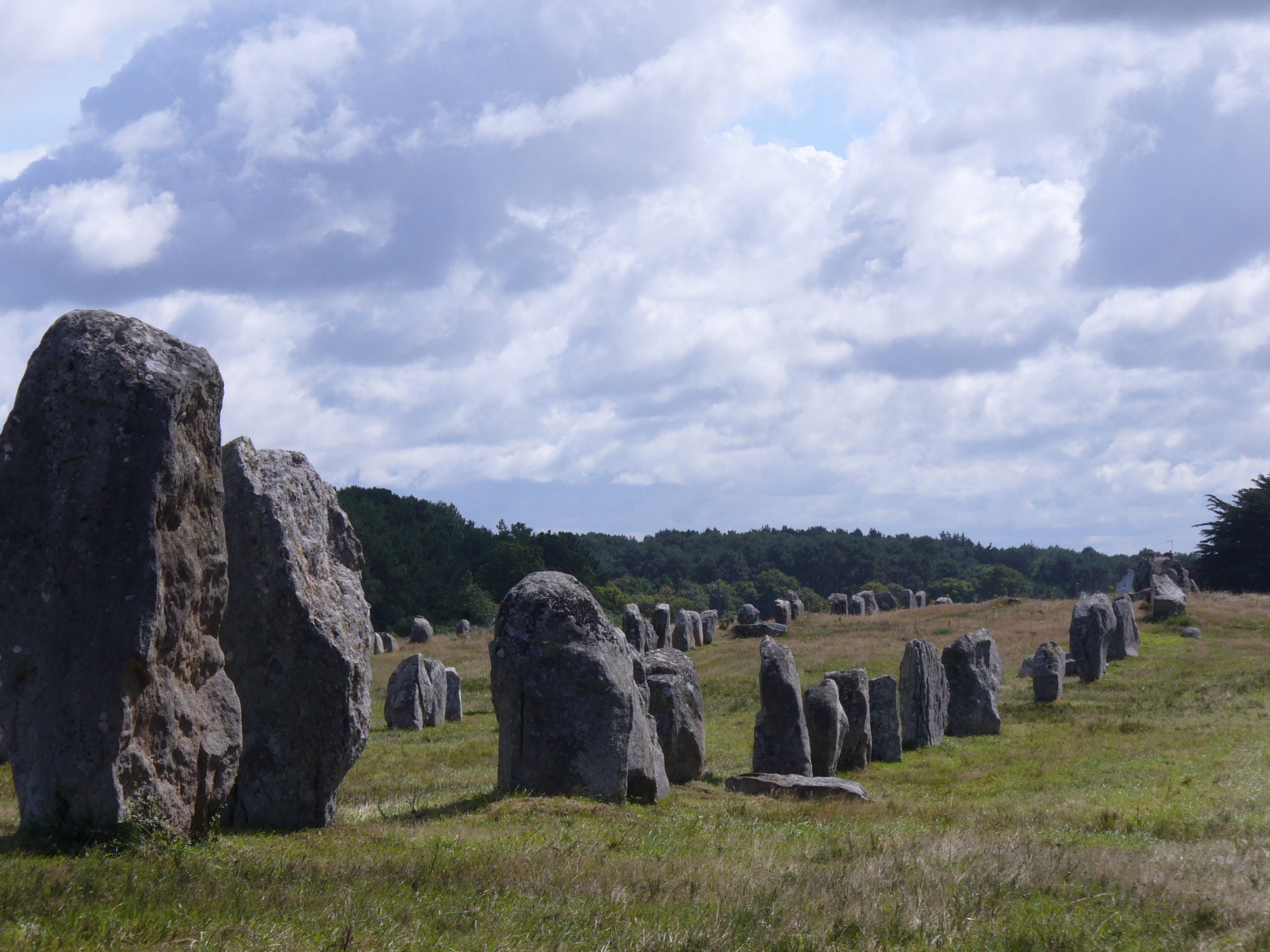
The Discovery of Carnac Stones
Unveiling the Prehistoric Marvel
The Carnac Stones, a grand ensemble of Neolithic alignments, were not discovered in the modern sense. They have stood in the Breton landscape for millennia, known to the local populace. It wasn’t until travelers and scholars of the 16th century began recording observations that the stones reached broader awareness. Esteemed French naturalist Jacques Cambry, often credited with popularizing the site, detailed the stones in his writings of the late 18th century. His fascination inaugurated a wave of scholarly attention that introduced Carnac to the academic community.
Increased Scientific Inquiry
As interest grew, so did speculation about the origins and function of these stones. In the 19th century, scholars like Prosper Mérimée, France’s Inspector General of Historic Monuments, began to study the site methodically. He was among the first to recognize the stones’ cultural and historical significance. His work laid the foundation for systematic archaeological studies that followed. Subsequent excavations revealed the stones were erected during the Neolithic period, roughly between 4500 and 3300 BCE, shrouding them in greater mystery.
However, no single person can be named as the “discoverer” of the Carnac Stones. Local residents have been aware of their existence long before any formal documentation. The stones were an integral part of the landscape and local lore. Gradually, as these enigmatic stones gained scholarly interest, they began to capture the world’s curiosity, becoming one of the most significant prehistoric sites in Europe.
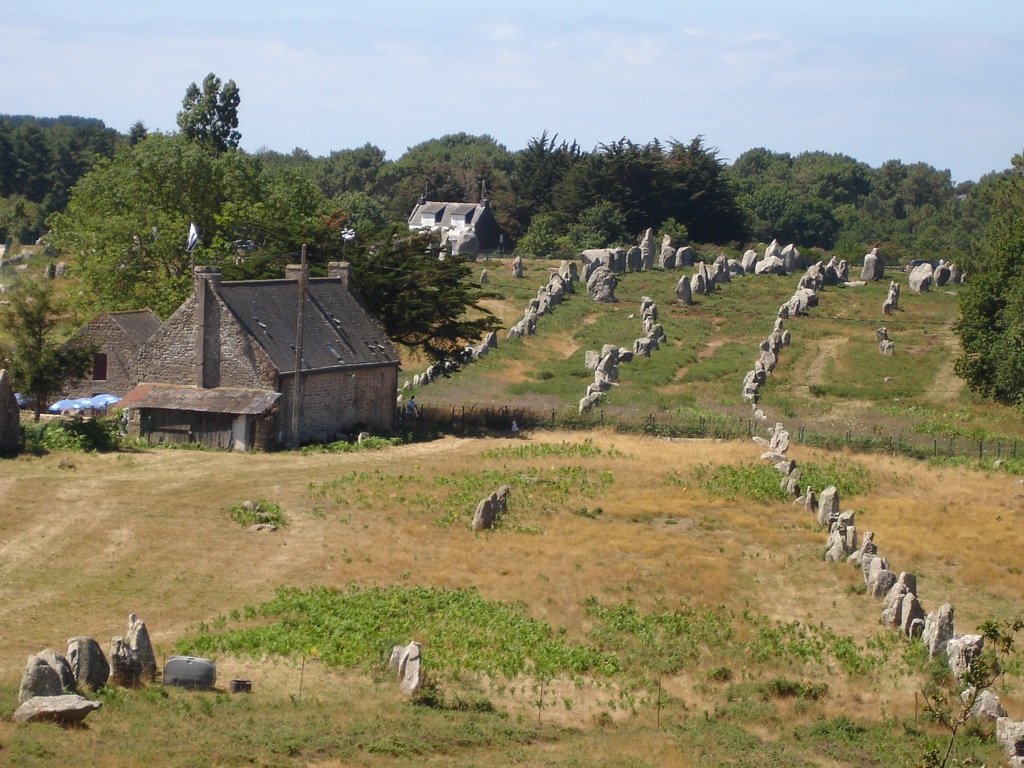
Documenting Ancient Wisdom
Early documentation did more than just describe the alignments; it sparked a turning point in the perception of these ancient structures. As explorers and historians from across Europe descended on Brittany, the significance of Carnac shifted. Initially feared and revered in local folklore, Carnac transformed into a monument of human history and innovation. Each new study contributed fresh insights, advancing our understanding of Europe’s prehistoric past. The early work of archaeologists and anthropologists highlighted the need for preservation and further study, ensuring the stones would intrigue for generations to come.
Today, the Carnac Stones still pose numerous unanswered questions. Scholars continue to debate their purpose, from astronomical alignments to sites of social or religious gatherings. Yet, the initial ‘discovery’ of Carnac continues to unfold. With each new technological advance and archaeological dig, we glean more about this prehistoric wonder, ensuring its legacy endures. Similarly, the local community upholds traditional ceremonies and narratives, blending historic findings with oral histories to ensure a living connection to their ancestral heritage.
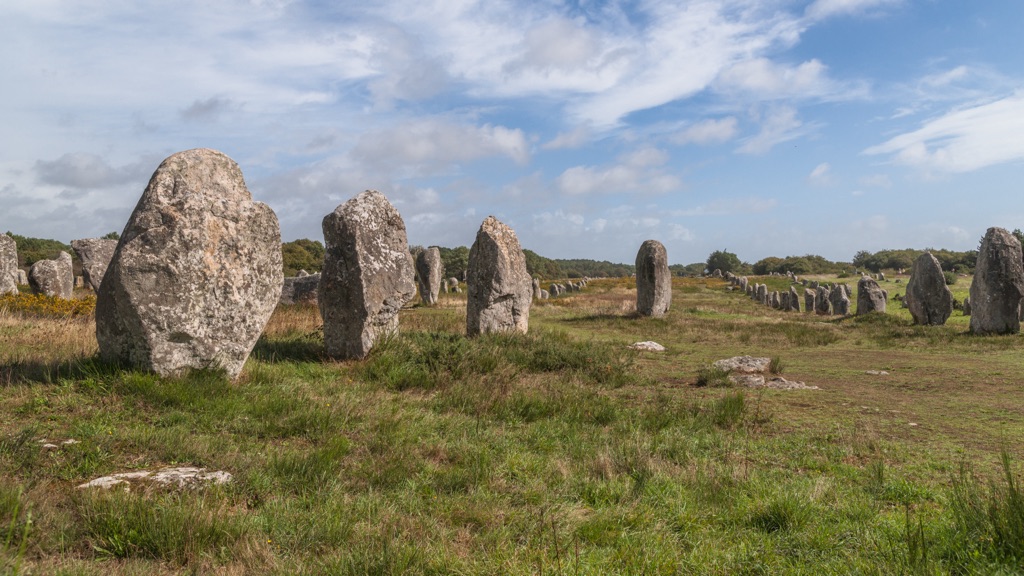
Cultural Significance, Dating Methods, Theories and Interpretations
Cultural Impact of the Carnac Stones
The Carnac Stones hold deep cultural significance, ingrained in the heart of Brittany’s historical narrative. For generations, these megaliths have stood the test of time, becoming a part of the local identity and tradition. They are monumental symbols of a shared prehistoric heritage that resonate with locals and visitors. Festivals and folklore have sprung up around them, embedding the stones into the fabric of cultural life. They are not only an archaeological treasure but also a source of pride and connection for the community.
The Challenge of Dating Carnac
Dating techniques such as carbon dating of artifacts and analysis of pollen grains found in the soil have been employed to understand the age of the Carnac Stones. These methods indicate that the stones were erected between 4500 and 3300 BCE. However, precise dating remains difficult due to the absence of organic material directly associated with the stones. Despite these challenges, the general consensus places their origin in the Neolithic period, during a time of great megalithic activity across Europe.
Various theories and interpretations of the Carnac Stones’ purpose continue to intrigue scholars. Some propose they were used for astronomical observations, aligned with the movements of celestial bodies. Others argue they could have served as sacred sites for rituals or marked communal gathering spots. Still, these theories remain speculative as definitive evidence proving any single interpretation elusive. The stones hold their secrets tight, providing rich material for ongoing research and debate.
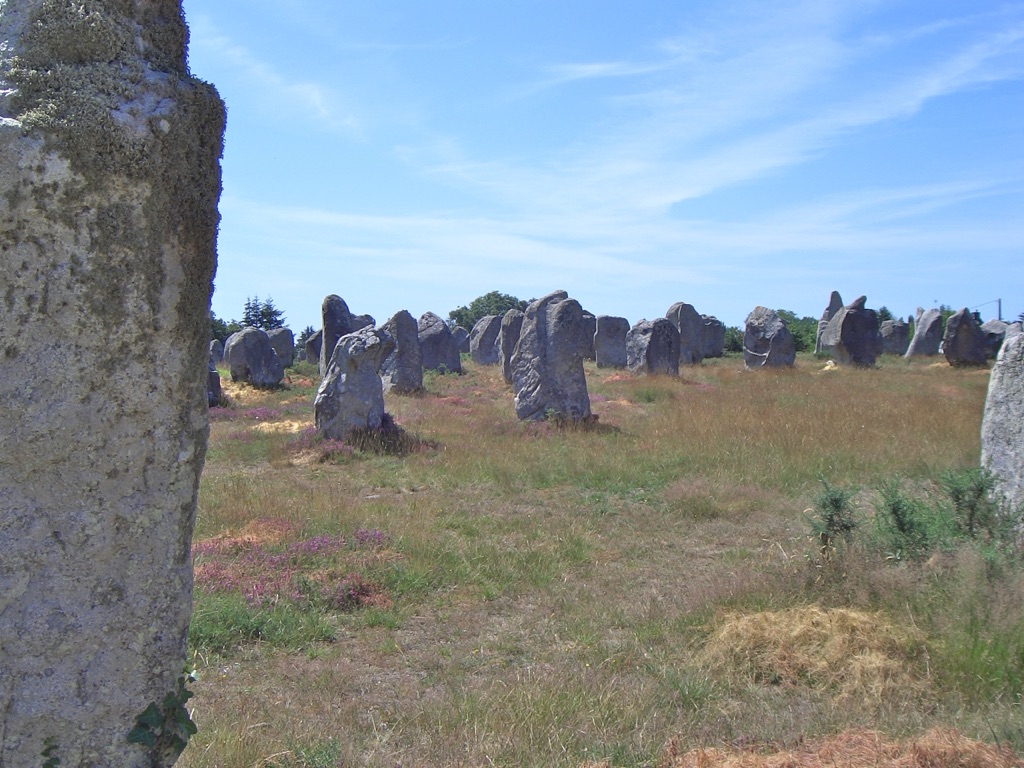
Interpreting Prehistoric Architecture
Interpreting the Carnac Stones requires a multi-disciplinary approach, combining archaeology, ethnography, and astronomy. Efforts to understand the site’s alignments suggest a sophisticated knowledge of the sun and moon’s cycles among its builders. This knowledge may have influenced the organization of their time, farming activities, or religious practices. Despite numerous studies, universal agreement on the stones’ precise use remains just out of reach, instilling a captivating mystery that continues to draw attention.
The Carnac Stones’ enigmatic allure lies in their silent testimony to a bygone era, speaking volumes to those who seek to listen. As the focal point of ancient legends and the subject of cutting-edge archaeological methods, they are a crossroads of past and present. They serve not only as a link to our prehistoric ancestors but also ignite the imagination for what ancient societies might have been capable of, offering invaluable insights into humanity’s journey through time.
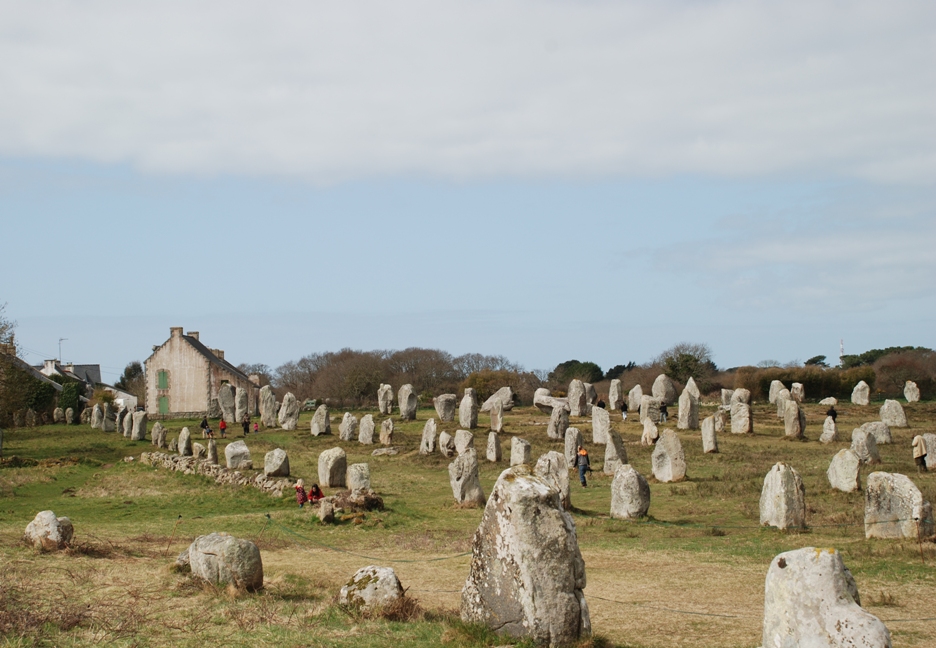
Conclusion and Sources
In conclusion, the Carnac Stones remain one of history’s finest enigmas, shrouded in mystery and steeped in cultural significance. Their exact origins and purposes, while speculated upon, are still not fully understood, igniting the imaginations of scholars and visitors alike. Their preservation as a national monument underscores their importance as a link to our prehistoric ancestors, and continued research may one day unveil their ancient secrets. For now, they stand as silent witnesses to history, a testament to the sophistication and enigmatic capabilities of Neolithic societies.
Pepper, G. L. (2003). Carnac Stones: A comprehensive study of the megaliths in France. Journal of Historical Geography, 45(2), 309-328.
Menard, M. (2017). The celestial significance of megalithic sites in Europe: The case of the Carnac Stones. Archaeoastronomy, 23, 154-165.
Burl, A. (1985). Stone circles of Brittany. Antiquity, 59(226), 135-142.
Scarre, C. (2011). Exploring prehistoric Europe: Places in Time. Oxford University Press.
L’Helgouach, J. (1982). The standing stones of Carnac: Archaeology and myth. Journal of the Megalithic Society, 4, 7-22.
